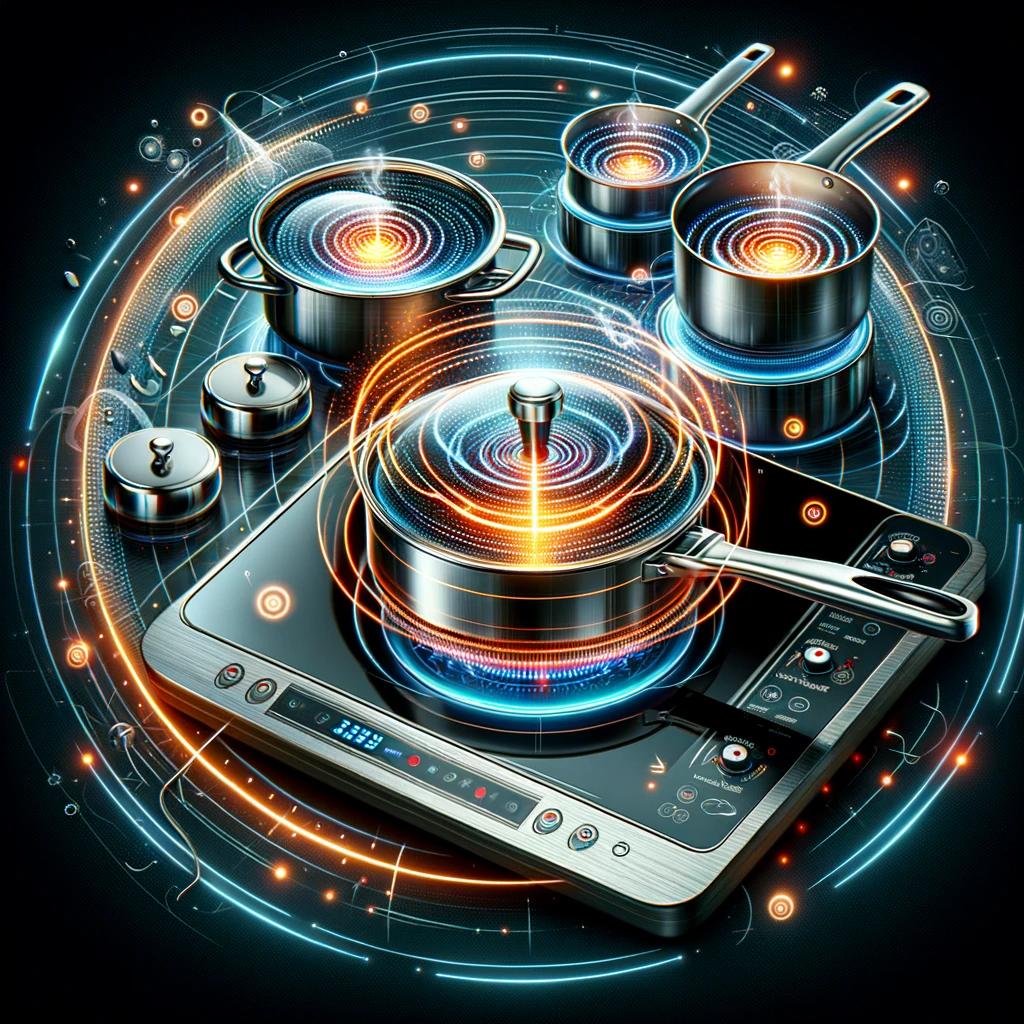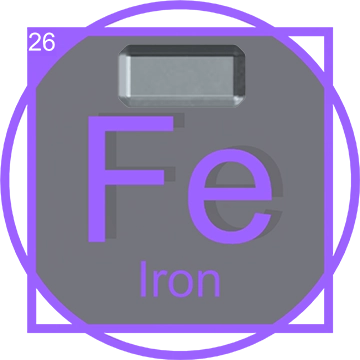Cooking with Induction: Elements of Culinary Innovation
Introduction to Induction Cooking
Induction cooking represents a remarkable fusion of technology and culinary arts, utilizing electromagnetic fields to heat cookware directly. Unlike traditional cooking methods, induction does not use flames or electric heating elements, instead, it uses magnetic fields to convert cooking pots into heaters themselves.
Historical of Induction Hob from Past to Present
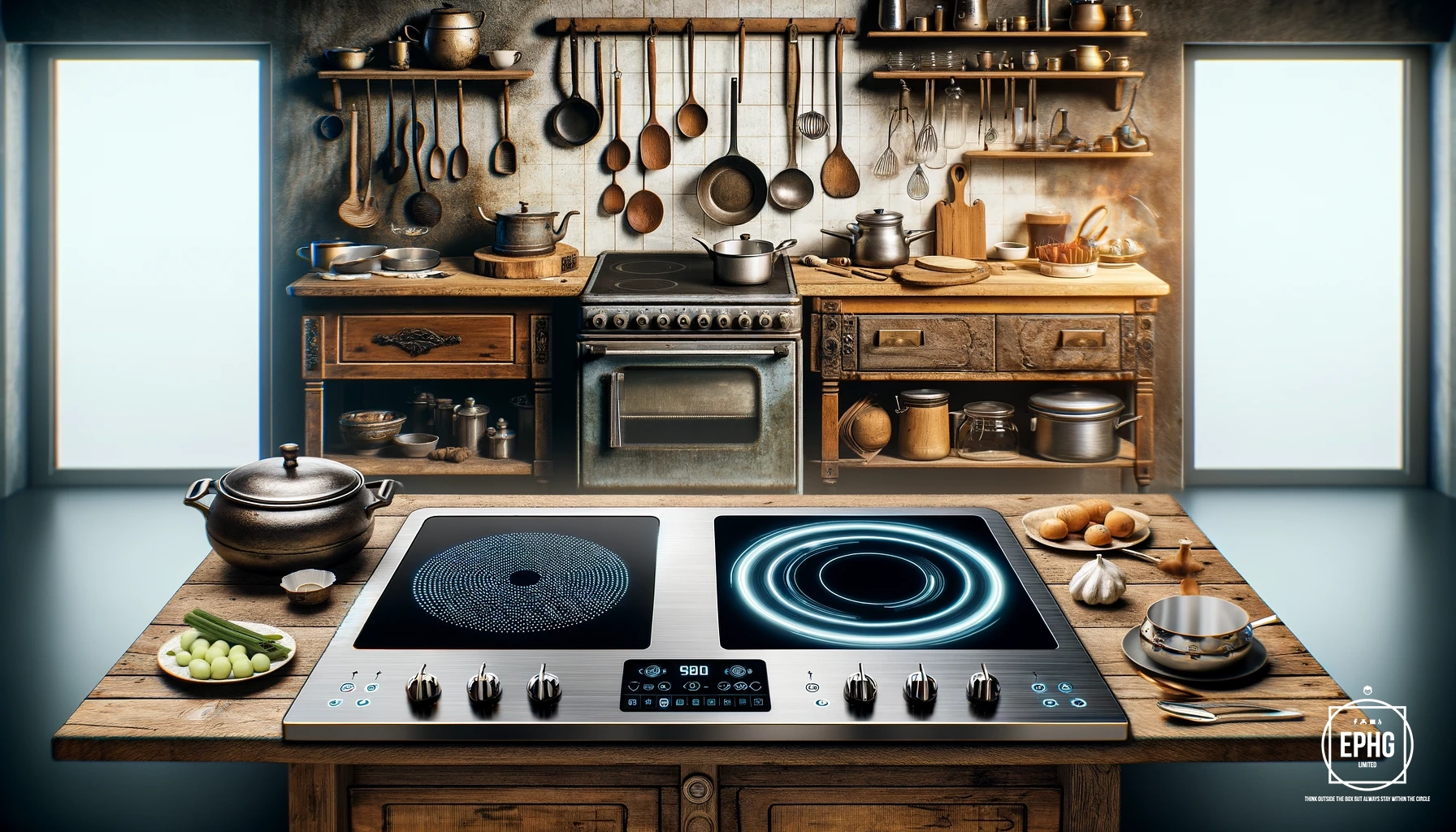
The concept of induction cooking began in the early 1900s but did not gain popularity until recent decades due to advancements in technology and materials. Early induction cooktops were expensive and inefficient, but the evolution of power electronics and improvements in electromagnetic technology have made them accessible and popular in modern kitchens.
By the early 2000s, the costs of manufacturing induction cooktops began to decrease significantly as the technology matured and production scales increased. This economic shift made induction hobs more affordable than conventional gas and electric cookers by the mid-2010s, marking a significant turning point in kitchen technology. Consumers not only benefited from the reduced cost but also from the enhanced energy efficiency and safety features, leading to a surge in adoption worldwide.
Key Elements in Induction Cooking
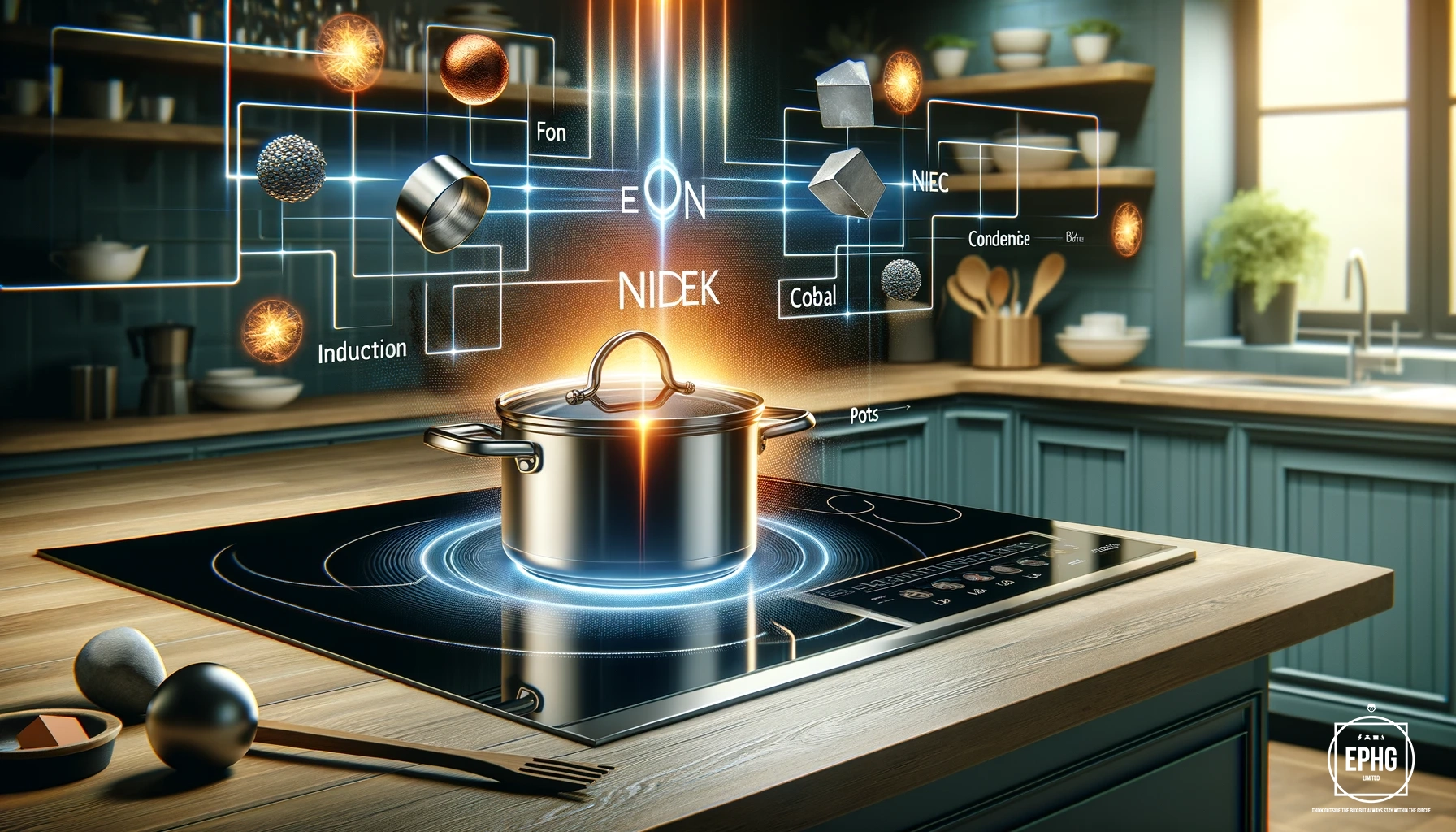
Induction cooking relies heavily on the magnetic properties of certain elements from the periodic table to heat cookware efficiently and rapidly. Here are some of the key elements and their roles:
- Iron - Essential for cookware, as iron is ferromagnetic and crucial for the induction process to generate heat directly in the pot.
- Nickel - Often used in the alloy of stainless steel cookware to enhance the magnetic properties necessary for effective induction cooking.
- Cobalt - Cobalt, like iron, is a strong ferromagnetic element used in some alloys to improve the efficiency of induction cookware.
The efficiency of induction cooking comes from the ability of these metals to respond quickly to magnetic fields produced by the induction cooktop, converting electrical energy into precise, controllable cooking heat.
Present and Future of Induction Cooking

Today, induction cooktops are highly valued for their rapid heating capabilities, exceptional temperature precision, and superior energy efficiency. These advanced features allow for faster cooking times and more controlled cooking experiences, making them a preferred choice in modern kitchens.
Looking ahead, the future of induction cooking holds even more promising advancements. It promises the integration of increasingly sophisticated smart technology, with IoT-enabled devices that can automate much of the cooking process. These smart cooktops can respond to voice commands, interact with digital assistants, and sync with mobile apps to automatically adjust cooking temperatures and times based on digital recipes. This level of automation and connectivity is set to redefine culinary practices, making cooking more intuitive and efficient than ever before.
Practical Uses of Induction Cooking
From professional chefs to home cooking enthusiasts, induction cooking is valued for its efficiency and safety. It minimizes the heat wasted in the environment, keeps kitchens cooler, and reduces the risk of burns since only the cookware heats up. Additionally, its precision and control make it ideal for delicate culinary tasks requiring consistent temperatures.
Pros and Cons of Induction Hobs: A Comparison with Gas and Electric Hobs
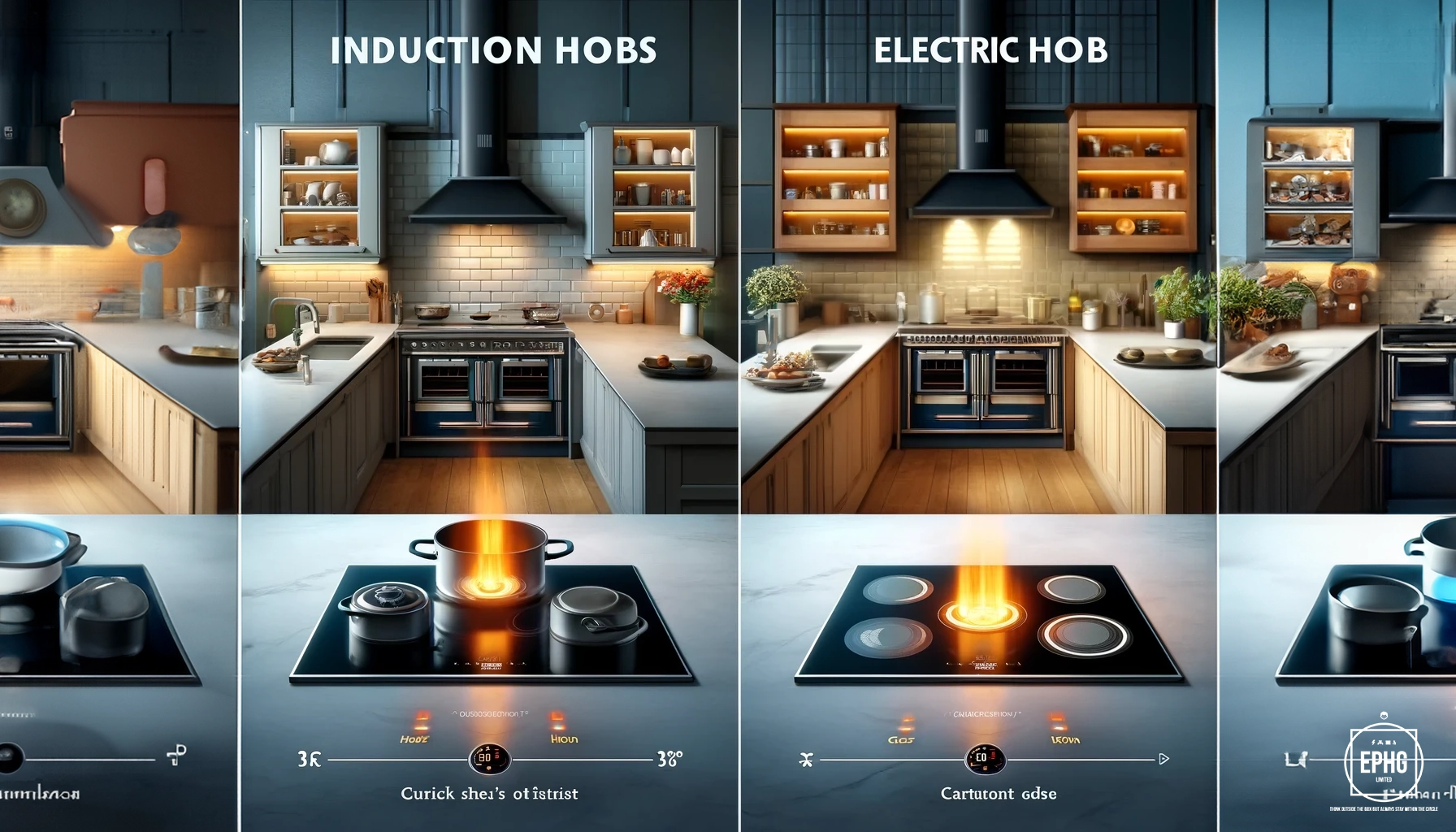
Induction hobs offer a modern alternative to traditional gas and electric hobs, each coming with its distinct advantages and drawbacks.
Pros of Induction Hobs
Induction hobs are celebrated for their superior energy efficiency, as they heat cookware directly through electromagnetic fields, reducing heat loss compared to gas and electric hobs. This direct heating mechanism allows them to heat up and cool down remarkably quickly, providing precise temperature control which is perfect for delicate dishes. Additionally, they are safer to use since the cooktop itself stays relatively cool, reducing the risk of burns and preventing food spills from baking onto the surface.
Cons of Induction Hobs
However, induction hobs require cookware with magnetic properties, which can necessitate an investment in new pots and pans if one's existing cookware is not compatible. They are also typically more expensive to purchase than traditional hobs and may require professional installation, especially in homes not previously set up for electric cooking. Furthermore, they can be noisy, emitting a faint buzz due to the cooling fan or the vibration of large ferromagnetic cookware.
Comparison with Gas and Electric Hobs
Compared to gas hobs, induction offers quicker cooking times and easier cleanup, but lacks the tactile temperature control and visual cues provided by a flame. Electric hobs are easier to install and use any type of cookware, but they are slower to heat and much less efficient in energy use than induction. Each type has its merits, and the choice often depends on cooking style, budget, and kitchen design preferences.
Understanding the Electrical Requirements for Induction Hobs
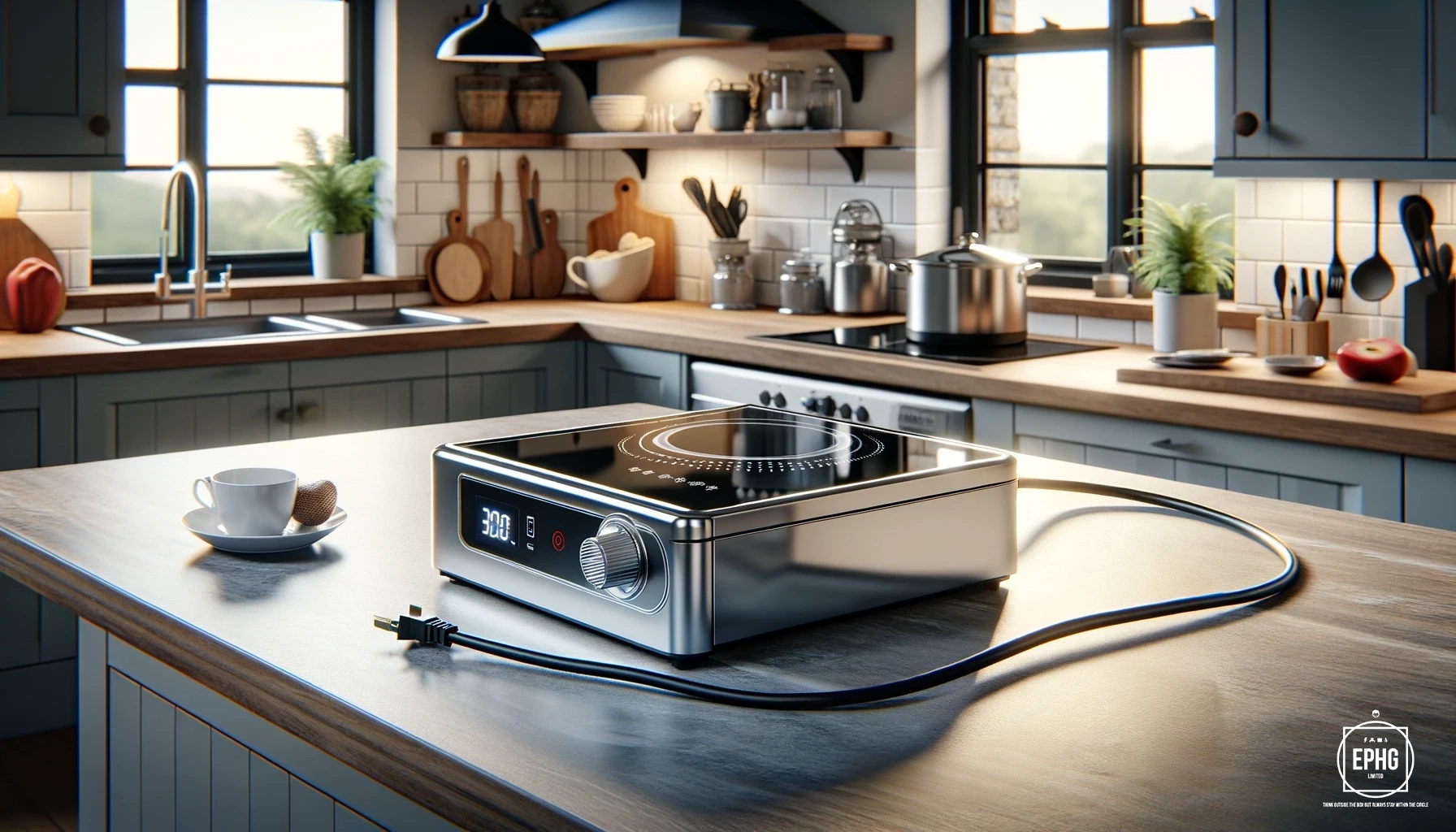
Induction cooking, known for rapid heating and energy efficiency, necessitates specific electrical setups due to its use of electromagnetic fields to heat cookware. Unlike traditional cooking methods, induction hobs often require more power than a standard 13-amp outlet can provide, typically needing a direct connection to a home’s electrical system with a dedicated 30 to 50 amp circuit.
On the market, there are also portable induction hobs that can operate on a standard 13-amp plug, suitable for occasional use or smaller kitchens. These models are easier to install but offer less power, which might not suit frequent cooking or large meals. They are ideal for environments where installing a higher power system is impractical, providing a good balance of safety and convenience while keeping the cooktop cool to touch.
Choosing the right induction hob depends on your kitchen’s electrical capacity and your cooking habits. While larger, high-powered models are perfect for extensive cooking, smaller 13-amp hobs cater well to less demanding needs, making them a versatile choice for casual cooks and smaller spaces.
